This article is based on Bryan Dsouza’s insightful talk at the Boston Product Marketing Summit. As a PMA member, you can enjoy the complete recording here.
Have you ever struggled to understand why your product’s incredible value isn’t resonating with your audience? The issue might lie in misaligned strategies. Go-to-market (GTM) and monetization aren’t separate efforts – they’re two sides of the same coin, and when they don’t work together, your message gets muddled.
When GTM and monetization align, magic happens: customers connect with your product, your value proposition becomes clear, and revenue growth follows naturally.
So, in this article, we’ll explore five truths that will help you simplify and align your GTM and monetization strategies, unlocking stronger connections with your customers and more predictable success.
Debunking common GTM and monetization myths
Before we get into our five fundamental truths, let’s clear up a few misconceptions.
First, monetization strategy isn’t just about pricing. Pricing is just one part of a broader monetization framework. When I advise startups, they often ask, “What should our pricing strategy be?” My response is always, “You don’t just need a pricing model; you need a full monetization strategy.” These are two very different things.
Second, go-to-market strategy isn’t one-size-fits-all. This might seem obvious, but it’s worth emphasizing. You can’t create a single GTM strategy and expect it to apply to every launch or campaign throughout the year. Markets are dynamic, and customers are constantly evolving. Each launch or campaign will have unique nuances, so you need to tailor your approach.
Finally, GTM and monetization strategies aren’t solely owned by sales or marketing. Yes, as a product marketer, you’ll likely lead these efforts, but success depends on co-ownership and collaboration with multiple stakeholders across the organization.
5 GTM and monetization truths
Now we’ve addressed those common GTM and monetization misconceptions, let’s dive into our five fundamental truths. For each one, I’ll share a core truth, a few insights, and an example to keep it simple and actionable.
1. Don’t just meet your customers where they’re at – meet them where they’ll be
The first truth is this: don’t just meet your customers where they are today; meet them where they’ll be tomorrow. It’s not just about solving a problem for the customer now – it’s about supporting them through their journey and being there as they progress.
Here’s the key: customers justify your price not just based on the value they receive today but also on how they’ll use your product and benefit from it in the future. This forward-looking value proposition is especially important for B2B companies, where buying decisions are carefully scrutinized.
You need to think of your go-to-market strategy as a continuous motion, not a one-time event. This means your strategy shouldn’t just focus on the immediate impact but on building longer-term customer lifetime value.
If your product is already in the market, that’s fine – treat any refresh or relaunch as an opportunity to re-engage and set the foundation for ongoing growth.
Example: Grammarly’s “emotional pricing model”
Let’s look at Grammarly as an example. Their pricing page illustrates a clear path for customer growth. They offer a free version, a Pro version (for individuals or “prosumers”), and an Enterprise version for teams and organizations.
If you visit the B2B sections of Grammarly’s website, you’ll notice messaging that emphasizes partnership: This messaging aligns perfectly with their pricing model. A customer might start with the free version, upgrade to Pro as their needs grow, and eventually expand to an Enterprise plan as their team adopts the product.
The pricing model reflects a journey – one that positions Grammarly as a partner in the customer’s evolving success.
Grammarly’s go-to-market strategy supports this pricing structure. When they launched their Enterprise offering, they faced objections like, “Why should I go Enterprise when I have the free version?” So, Grammarly highlighted the challenges of scaling and the value of staying connected as an organization. This approach helped them overcome objections while reinforcing their long-term value.
This is what’s called an “emotional pricing model.” It communicates value in a way that resonates with the customer’s future success, showing that Grammarly will grow with them. The result? A seamless alignment between the go-to-market strategy and the pricing model.
Takeaway
By anticipating where your customers are headed and aligning your strategies accordingly, you can create a GTM plan that builds trust, loyalty, and long-term value.
2. Communicate your value in terms of the customer’s currency
The second truth is to communicate your value in terms of the customer’s currency. Now, by "currency," I don’t mean dollars, pounds, or euros. Instead, it’s about how your customers measure value – what units or metrics they use to assess whether your product or service delivers what they need.
To get this right, you need to understand your customer’s “value language.” In other words, what criteria or metrics do they use to evaluate whether your price is justified? This might require focus groups, customer interviews, or broader market research.
If your pricing doesn’t align with their understanding of value, you risk two major issues:
- Confusion: Customers might not understand what they’re paying for.
- Misalignment: They may feel your product solves a problem for someone else, not for them.
To avoid this, define a clear and simple unit of pricing. Overcomplicating your pricing model only creates friction and puts people off. A great product with a solid price still won’t sell if customers can’t connect the pricing to the value they perceive.
Example: ChatGPT and batch API pricing
A strong example of this principle in action is ChatGPT’s pricing for GPT-4o.
Initially, their pricing model was based on tokens, which was straightforward but limited for certain customer use cases. Through extensive user research, they identified a key customer pain point: enterprise customers didn’t want to input prompts one at a time for large-scale analytics or data processing. Instead, they needed a way to upload data in batches and receive results at scale.
To address this, ChatGPT introduced a batch API pricing model. This new approach allowed customers to process data in bulk, removing the bottleneck of one-by-one prompt submissions. Not only did this align with how customers wanted to use the product, but it also demonstrated customer-centricity by solving a problem customers hadn’t yet articulated but clearly faced.
Takeaway
The lesson here is simple: put yourself in your customer’s shoes. Understand how they assess value, simplify your pricing, and solve the problems they care about most. When you do this, you create a pricing model that feels intuitive and justified, making it easier for customers to say, “Yes, this makes sense for me.”
3. Keep your roadmap in mind as you price your product
The third truth is to value your product with your product roadmap in mind. Your pricing today shouldn’t just reflect the current state of your product – it should account for where your product is headed.
While pricing changes may happen, frequent shifts can undermine customer trust, so it’s important to ground your pricing in a strong, forward-looking foundation.
When it comes to go-to-market strategy, don’t move forward without a clearly defined product roadmap. Ideally, your roadmap should cover a timeframe of at least six months but no more than 18 months. Anything beyond that becomes speculative and less actionable.
A roadmap with this time horizon allows you to confidently tell customers, “Here’s how we’re solving your problem today, and here’s how we’ll support your needs in the future.”
This approach is particularly valuable for SaaS and PaaS products. For these, there’s a distinction between a product roadmap and a platform roadmap. A platform roadmap outlines the foundation of your offering – a stable anchor story that doesn’t change. Your product roadmap can layer additional features or enhancements.
Having both ensures consistency in messaging while allowing flexibility in how you deliver value.
Another critical piece of aligning pricing with your roadmap is the use of benchmarks. Benchmarks provide quantifiable proof of value and can help customers clearly understand why your product is worth its price.
Example: Anthropic’s forward-looking pricing strategy
Take Anthropic as an example. They benchmark their Claude models not just against competitors like GPT-4 and Gemini but also against earlier versions of their own product, such as Claude 3 Opus and Claude 3 Sonnet.
This approach achieves two things:
- Competitive comparison: It highlights where their product excels relative to others in the market.
- Progressive improvement: It demonstrates that their roadmap is delivering tangible improvements over time, reinforcing the value of their pricing.
By benchmarking both externally (against competitors) and internally (against past versions), Anthropic conveys that their product isn’t just evolving – it’s getting consistently better. This creates a compelling argument for customers to invest in their current offering while trusting the future direction.
Takeaway
Pricing isn’t just about setting a number – it’s about building trust in your product’s trajectory. By tying your pricing to a solid product roadmap, leveraging benchmarks, and differentiating between product and platform roadmaps, you create a pricing strategy that feels justified and forward-thinking. This approach reassures customers that they’re investing in a product that will continue to deliver value over time.
4. GTM strategies fail when your channel mix is inflated
It’s easy to get carried away with an elaborate channel mix, listing everything from direct mail to targeted social media to events. While these approaches may sound impressive, they can quickly become overwhelming, expensive, and confusing for your audience.
The key to a successful channel mix is simplicity and relevance. Always start by considering your target customer. Where do they spend their time? What platforms or communication methods do they actually engage with?
If your audience doesn’t spend much time on LinkedIn, don’t invest heavily in targeted social campaigns there. Instead, focus on direct email or other channels where you know they’re active. By keeping your channel mix clean and focused, you not only reduce costs but also ensure your messaging and pricing feel more cohesive and aligned.
It’s also vital to ensure your GTM strategy is flexible enough to adapt to changes in your business model or market conditions. Customers, markets, and industries are constantly evolving, and your GTM strategy needs to evolve alongside them. Don’t fall into the trap of rigidly adhering to a set approach, even when it no longer serves your goals. Embrace flexibility and adjust as needed to stay relevant.
Example: Canva’s streamlined approach
Canva is a great example of a company that avoids an inflated channel mix. Their messaging and channel strategy are clean, consistent, and targeted.
Across their pricing tiers, Canva tailors its messaging specifically to the needs of each audience segment. They don’t clutter their messaging by addressing every possible use case at once. Instead, they focus on speaking directly to each segment’s unique needs.
For example, if you sign up as a designer, Canva will serve messaging that’s relevant to you as a creative professional. They won’t dilute their message by trying to appeal to every audience at the same time. This targeted approach keeps their communication focused and effective, while also making their pricing structure feel intuitive and justified.
Key takeaway
By learning from Canva’s example, you can keep your channel mix clean, focus on delivering clear value, and adapt your GTM and monetization strategies to meet changing customer needs.
5. Seasonality is a thing (even when it doesn’t seem like it)
The fifth and final truth is that seasonality is real, and it can significantly impact your go-to-market and pricing strategies.
They might not be obvious at first, but there are patterns in customer behavior and market dynamics. Identifying these patterns – and continuously testing for them – is key to building strategies that are not only effective but repeatable.
Once you identify the seasonal trends in your market, you can start tailoring your go-to-market strategy and pricing to align with these cycles. This allows you to measure performance year over year and provides a benchmark for improvement.
For example, if you identify a spike in sales around the end of the tax year, you can assess whether your campaigns perform better this year compared to last year during the same season.
While seasonality provides a useful framework, it’s important to remember that it can change over time. There’s a “seasonality to seasonality.” Customer needs, market conditions, and external factors might shift, so keep testing to ensure your strategies remain relevant.
Example: Asana’s back-to-school strategy
Asana provides a great example of leveraging seasonality effectively. They identified a back-to-school trend and created specific positioning and messaging around it, targeting students and educational organizations.
Their campaigns highlighted how Asana could help students organize tasks, collaborate on group projects, and stay on top of deadlines. They even adjusted their pricing to align with the season, offering free premium access to student organizations under 15 people.
This approach not only resonated with their audience but also allowed Asana to measure the success of their strategy year over year. By tailoring their messaging and pricing to a specific season, they created a repeatable model that could be fine-tuned over time.
Takeaway
Seasonality is a strategic opportunity. By identifying and leveraging seasonal patterns, you can build more targeted, effective strategies that resonate with your audience. Just remember to remain flexible and revisit these patterns regularly to ensure they still align with evolving customer behavior.
Key takeaways
Aligning your go-to-market and monetization strategies is a powerful way to strengthen customer relationships, showcase your product’s value, and achieve sustainable growth. By staying tuned into your audience’s needs, keeping your approach streamlined, and adapting as you go, you can create strategies that truly connect.
Here’s a quick recap of the five key truths that’ll keep you on track:
📍 Meet customers where they’ll be: Anticipate their future needs and align your strategy to support them on their journey.
💬 Speak their language: Communicate your value in terms that make sense to your customers, using pricing models they can easily understand.
🛠️ Price with your roadmap in mind: Anchor your pricing to your product’s future, ensuring customers see the long-term value.
🧹 Keep your channel mix clean: Focus on the channels that matter most to your audience, and don’t dilute your messaging by being everywhere at once.
☀️ Leverage seasonality: Find and test for patterns in customer behavior, using them to guide your strategy while staying flexible.





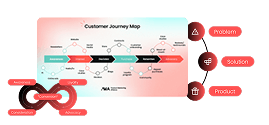



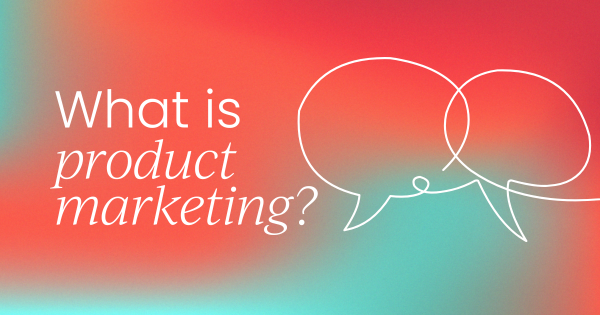


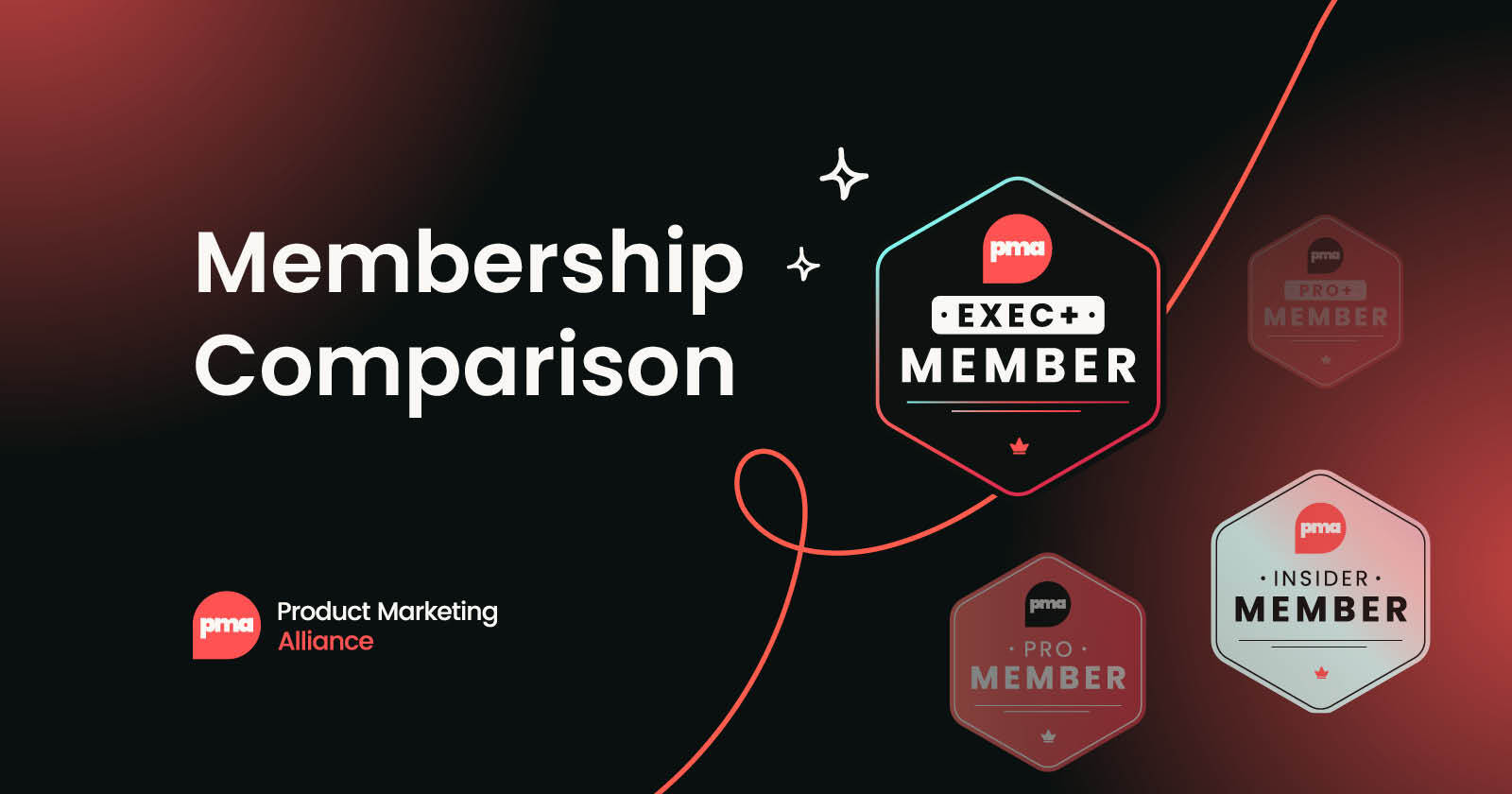
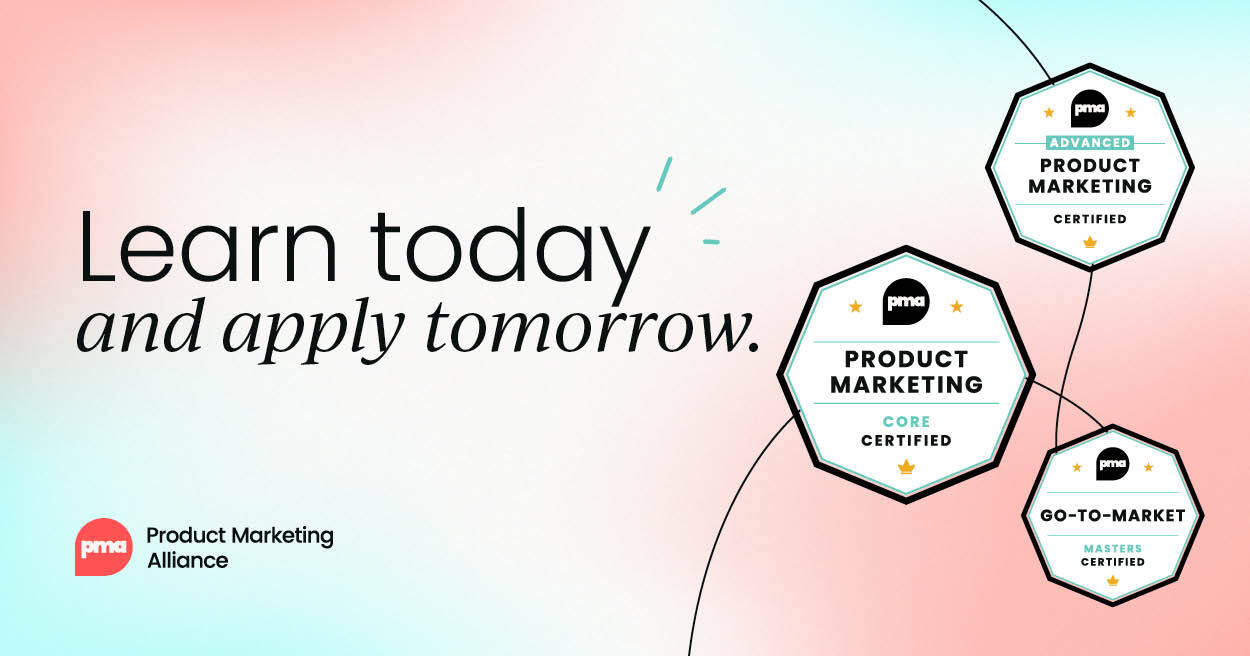
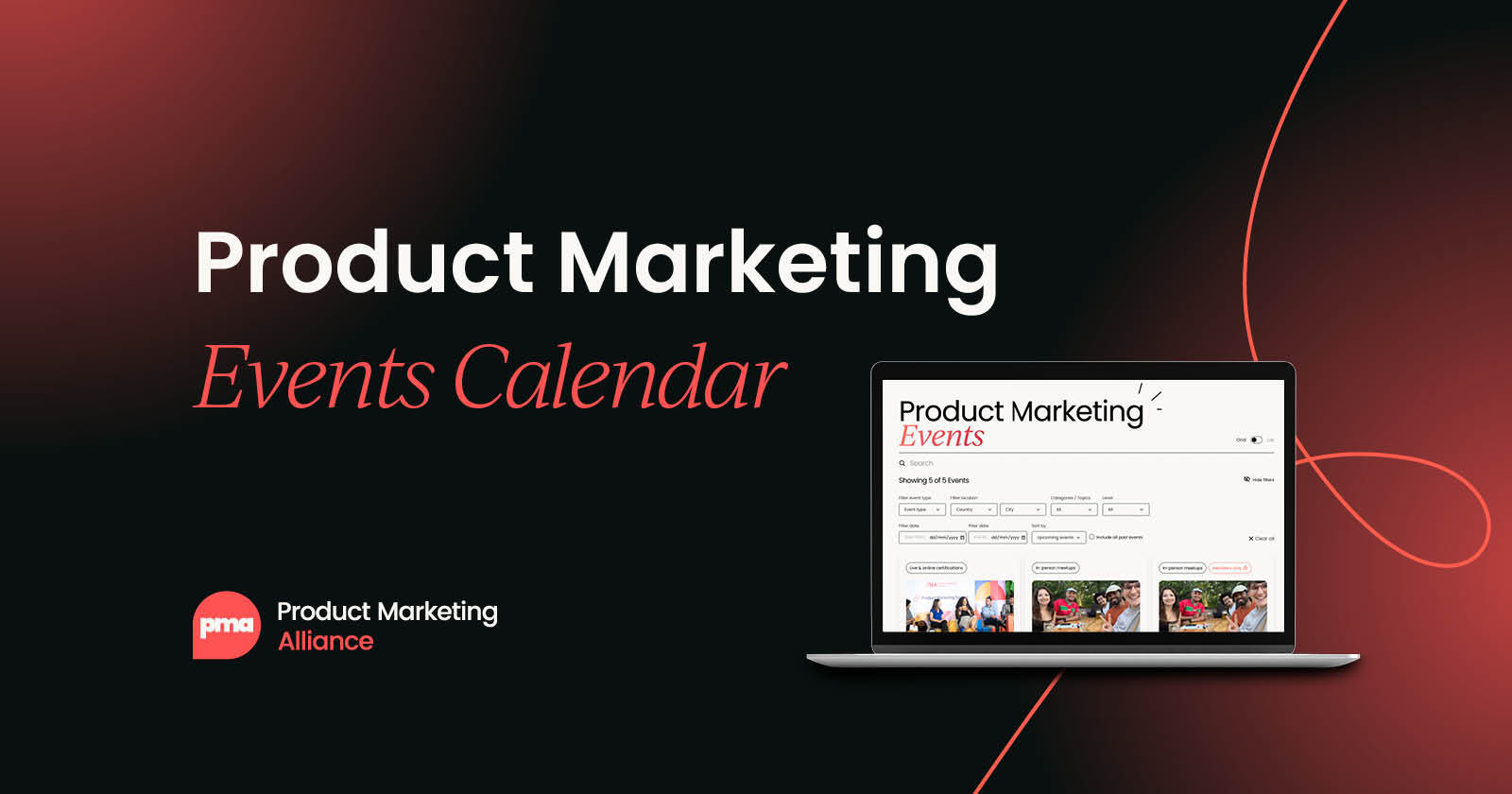


 Follow us on LinkedIn
Follow us on LinkedIn



.svg?v=85af970283)